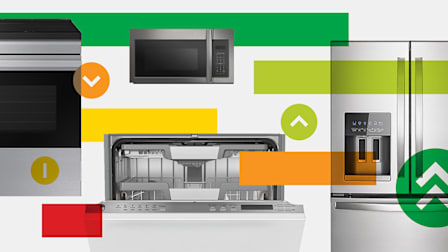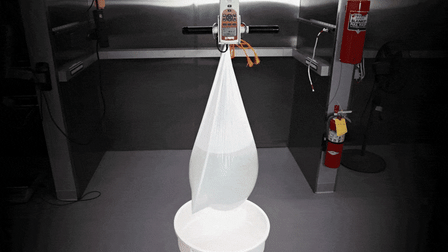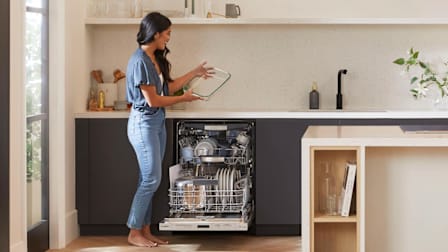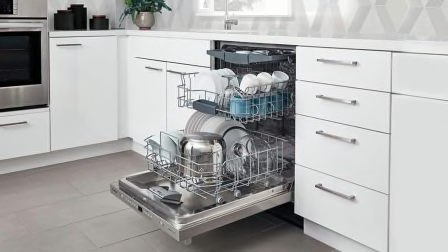We Got One: Mill Kitchen Bin
Is this the ick-less composting solution?
When you shop through retailer links on our site, we may earn affiliate commissions. 100% of the fees we collect are used to support our nonprofit mission. Learn more.
If you’ve ever tried to compost at home, you know it can be an unpleasant process. It can get messy, smelly, and become a playground for bugs. In homes with large outdoor spaces, it might be easier–you keep the compost outside and you don’t have to worry about it stinking up your kitchen. But if you don’t have a home garden or organic waste pickup in your neighborhood, you’ll be stuck wondering what in the world you’re going to do with all the compost you make.
For apartment dwellers, composting is a little more complicated, but not impossible. We’ve tested several composting methods suitable for apartments before and found some good options. This time, I tried the Mill kitchen bin at home for five weeks to find out whether it could change me from a compost-averse apartment renter into a compost convert.
What Is the Mill Kitchen Bin?
The Mill kitchen bin is a large trash bin that dehydrates and grinds food into matter that can be used in compost. It is not a composter, and the grounds that you get from the bin cannot be used as compost as is. There are no worms involved in the food breakdown process and when you’ve got a full bin of ground-up food, the company encourages people to use the ground-up food at home or ship it back to the company to become chicken feed—a process that they are still working on getting approval to commercially distribute across the country.

















